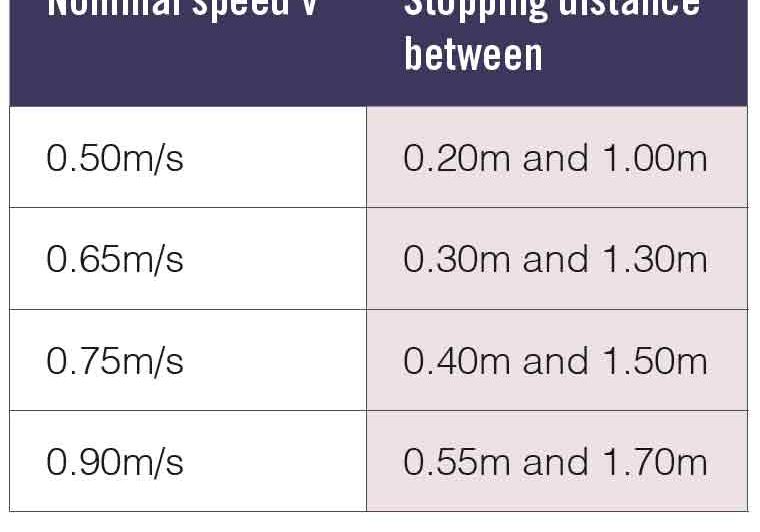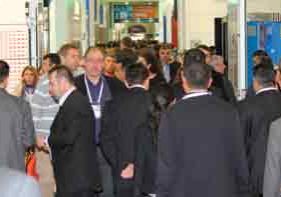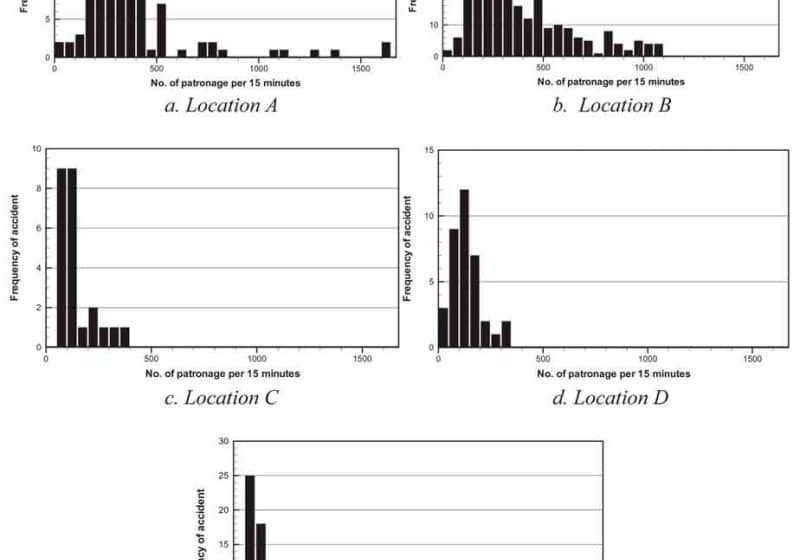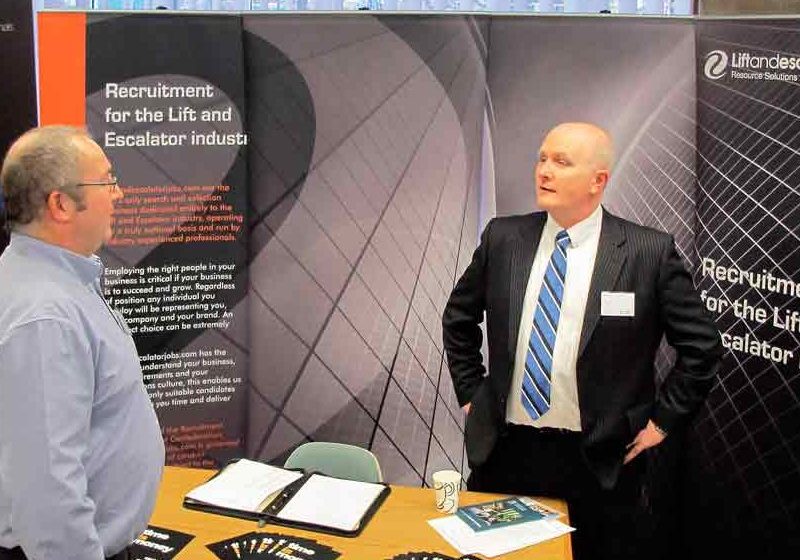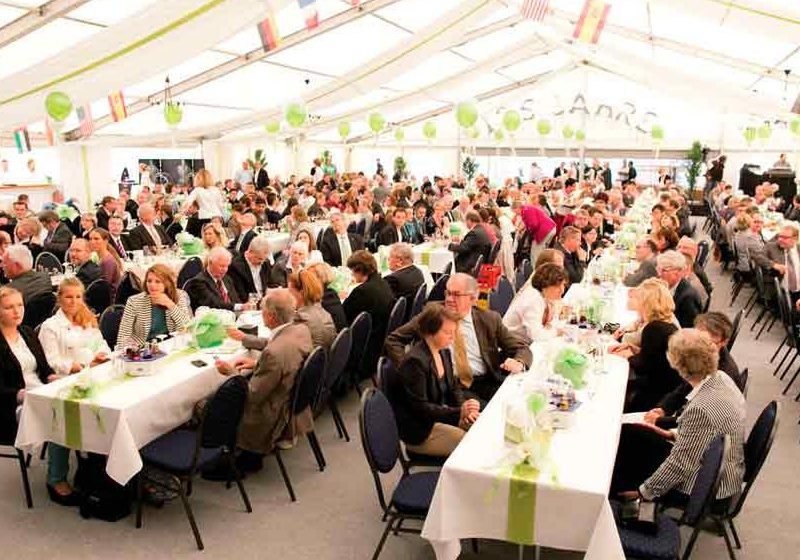Otis Fellow Theresa Muenkel Christy Tells EW about Her Role in the Industry
Mar 1, 2013

In 2006, Theresa Muenkel Christy (TC), was the first woman to be named a fellow at Otis. She is a named inventor of 14 patents (with several others pending), and in 2011, she was finalist for the Connecticut Women of Innovation Award. Christy recently took the time to talk with ELEVATOR WORLD (EW) about her industry experience, accomplishments, influences and goals.
EW: How did you get started in the elevator industry?
TC: I got started in the elevator industry by chance, not planning. I was looking for a job in the central Connecticut area, because I was planning to move there when I got married. Otis was advertising for software engineers, and I applied and was hired in 1986. I started working on remote-monitoring projects but then had the chance to work in the elevator dispatching group. I quickly found that elevator dispatching combined several areas I enjoy, including mathematics, statistics, simulation and software.
EW: What helped you realize this was the right profession for you?
TC: I am fascinated by the fact that elevator dispatching is so seemingly simple (pick the right car to serve the passenger) but actually so complex to do well. Solving the problem involves skills I enjoy. This profession also allows me to teach others about elevatoring and elevator dispatching, and, since I also enjoy teaching, this is an added benefit.
EW: What is your educational background?
TC: I always liked mathematics and went to Wellesley College in Wellesley, Massachusetts, planning to major in mathematics. I actually double majored in Mathematics and Economics, and graduated with a BA in 1979. Several years later, I attended Babson College, also in Wellesley, as an evening student and earned an MBA in 1987. While working at Otis, I became interested in statistics and ended up becoming a part-time student again, this time earning an MA in Mathematics/Statistics at Central Connecticut State University (CCSU) in New Britain in 2002. During my studies at CCSU, I was known as “the elevator lady” because many of my projects had to do with elevator issues. In fact, my thesis was about using a statistical approach to estimate optimum elevator-performance metrics.
EW: Give us a brief history of your career up to this point.
TC: I have been in the elevator industry for almost 27 years. I worked as a software engineer specializing in group control. I have worked on actual elevator-control products, as well as specialized simulation products. While working on the dispatching team at Otis, I learned the value of dispatching as relating to how many and which type of elevators are best suited to a building scenario and began specializing in elevatoring, as well. I was named an Otis Fellow in recognition of my dispatching and elevatoring expertise.
EW: Have you had any mentors along the way?
TC: I have had several. One of them is the software manager I worked for when studying statistics. She brought my thesis to the attention of Otis management, which, in turn, set me on the road toward becoming an Otis Fellow. Another is the sales manager I worked for in New York City (NYC) during my “internship.” He taught me about customer priorities and the importance of describing engineering topics in terms of the things customers care about. A third mentor is a manager I once worked for who taught me the value of prioritizing my tasks.
EW: What is the biggest challenge you face in your current position and how do you overcome it?
TC: Prioritizing all the work that comes my way is the biggest challenge. There are many different things I would like to analyze from a research point of view, but there are also daily tasks and long-term committed projects that must be completed. I am frequently asked to analyze a proposed or existing elevator scenario for a customer that “needs it yesterday,” so I am always balancing immediate-, short- and long-term projects. I have learned to be flexible enough to change direction and switch back and forth between multiple activities.
EW: What strengths do you bring to your job/current position?
TC: I enjoy the subject matter and consider it a strength to enjoy what you do. I have the relevant educational background, which, of course, is necessary. I have been told I am an excellent communicator, and I think that is important to my role at Otis, because I am frequently in training or customer situations where I am trying to explain something most people don’t think much about. Sometimes the topic is fairly complex but needs to be summarized in a relatively short amount of time. For example, a property developer may know he/she needs elevators in a building and may need to make some decisions regarding them. However, the developer does not want to become an elevator expert, so a simple explanation of the pros and cons of the scenario is needed so they can make a good decision.
EW: What do you find most rewarding in your work?
TC: One of the things I enjoy about my job is getting to do two different things. I work on technical problems, and I work with customers, both of which I find rewarding. There are days when I sit at my desk analyzing a situation and don’t actually speak to anyone for the entire day. I get absorbed in the problem, and when I find a solution, it is very satisfying, like completing a puzzle. On other days, I spend time in front of people in small groups or classrooms, or talk to them on the phone, and I find that interaction rewarding in a different way. I love it when someone says, “Oh, now I understand.”
EW: Was there any particular project(s) you worked on that really influenced you or changed your perception of this industry and its impact on society?
TC: In 1996, I spent several months living in NYC working at one of the Otis offices. I was doing an “engineering internship” (at that point, I had worked at Otis Engineering for 10 years) with one of the Otis sales managers, which included shadowing him, learning a lot about our customers and seeing our products in all sorts of situations. Living, learning and observing in one of the elevator capitals of the world was an incredible learning experience that truly benefitted my subsequent career. Referring to impact on society, I quickly learned that residents of NYC are very elevator savvy, and that elevators are a very real part of their lives – almost, but not quite, the way automobiles are to those of us living in the suburbs.
EW: What advice can/would you give to someone considering getting into the elevator industry today?
TC: There are many different ways to contribute to the elevator industry. There are sales, technical and management positions, etc. In general, I would advise anyone interested in this field to learn as much as they can about the industry by reading relevant material, attending conferences and trade shows, and by getting a job at a company that specializes in vertical transportation such as suppliers, manufacturers or consultancies. Actually, working in the elevator industry is different from learning about elevators in an academic environment, but both can be useful.
EW: Tell us a little bit about your family.
TC: I live with my husband, Steve. We have been married for 28 years, and we do not have children. Steve has sickle-cell disease, a serious chronic illness that causes severe pain and can be life threatening. This has added to the complexity of our lives but has also served as a frequent reminder of what’s really important in life.
EW: What do you like to do in your free time?
TC: I love to read and knit. I am a bicycle rider and really enjoy riding trails like the Connecticut Greenway and Cape Cod Rail Trail in Cape Cod, Massachusetts. Last year, I participated in the multiple sclerosis, fund-raising bike ride on the East End of Long Island, New York. I am a (very) amateur pianist who enjoys playing, but never in front of other people (with the exception of my husband, who is very tolerant). I also like to cook.
EW: What’s the last book you read that was not elevator related?
TC: I enjoy murder mysteries and am currently reading books in the Alexander Cooper series by Linda Fairstein. This series is set in NYC, which is one of my favorite locales to read about, especially historical NYC.
EW: What is your favorite vacation spot?
TC: We vacation in Cape Cod every year, renting the same house near Coast Guard Beach on the National Seashore. My husband and I both love Cape Cod and are very fond of the shore.
EW: Do you participate in any volunteer work?
TC: For several years, I tutored adult math students who were trying to earn a General Equivalency Diploma. The program I worked with ended, and now I am volunteering with Volunteer Income Tax Assistance. Once certified, the volunteers work with lower-income individuals to help them correctly file their taxes, so they do not have to pay a professional preparer, and the taxes get filed correctly, including any benefits for which they are entitled.
I also coordinate the United Technologies Corp. Awards at the Connecticut Science & Engineering Fair, which encourages junior-high and high-school students to consider studying and pursuing careers in science, technology, engineering and mathematics. I like to encourage young men and women to consider future careers in those areas.
EW: Who do you admire in the industry now? Why?
TC: I would like to spend time with George R. Strakosch, the author of The Vertical Transportation Handbook, which has had several editions published. I met Strakosch briefly but have not had the chance to talk to him at length. His book formalized the industry’s approach to elevatoring and is still considered a key reference, even though the first edition was written in 1967. I would like to talk to Strakosch about how he learned elevatoring and came to codify it.
EW: What are your future goals for yourself and your company?
TC: I want to continue influencing the way the industry looks at elevator metrics, both what they mean and what they don’t mean. I want to continue working in elevator dispatching as part of the team that develops world-class Otis dispatching products. Otis has a number of dispatching experts in various locations around the globe. We work as a team, which is enjoyable. We have been successful in developing global dispatching products, and we plan to continue.
Get more of Elevator World. Sign up for our free e-newsletter.


